**Introduction: The Global Imperative for Smarter Building**
In an era defined by volatile material costs, skilled labor shortages, and an urgent need for sustainable development, the global construction industry faces a formidable challenge: how to build more with less. The traditional paradigm of on-site construction, while familiar, is increasingly revealing its economic vulnerabilities—chronic budget overruns, protracted timelines, and staggering waste. It is within this pressing context that Lida Group has emerged not just as a participant, but as a leading champion for a more intelligent, efficient, and profoundly cost-effective alternative: prefabricated construction.
Lida Group’s advocacy and advanced implementation of prefab methods extend far beyond a simple business strategy; it represents a fundamental re-engineering of the entire building process. By shifting the primary locus of construction from the unpredictable job site to the controlled precision of a manufacturing facility, Lida Group is demonstrating that cost-effectiveness is not about cutting corners, but about building smarter. This article provides a deep and comprehensive analysis of the multifaceted approach Lida Group employs to deliver unparalleled value, breaking down the economic DNA of their prefab methods to reveal how they achieve superior financial outcomes without compromising on quality, durability, or design.
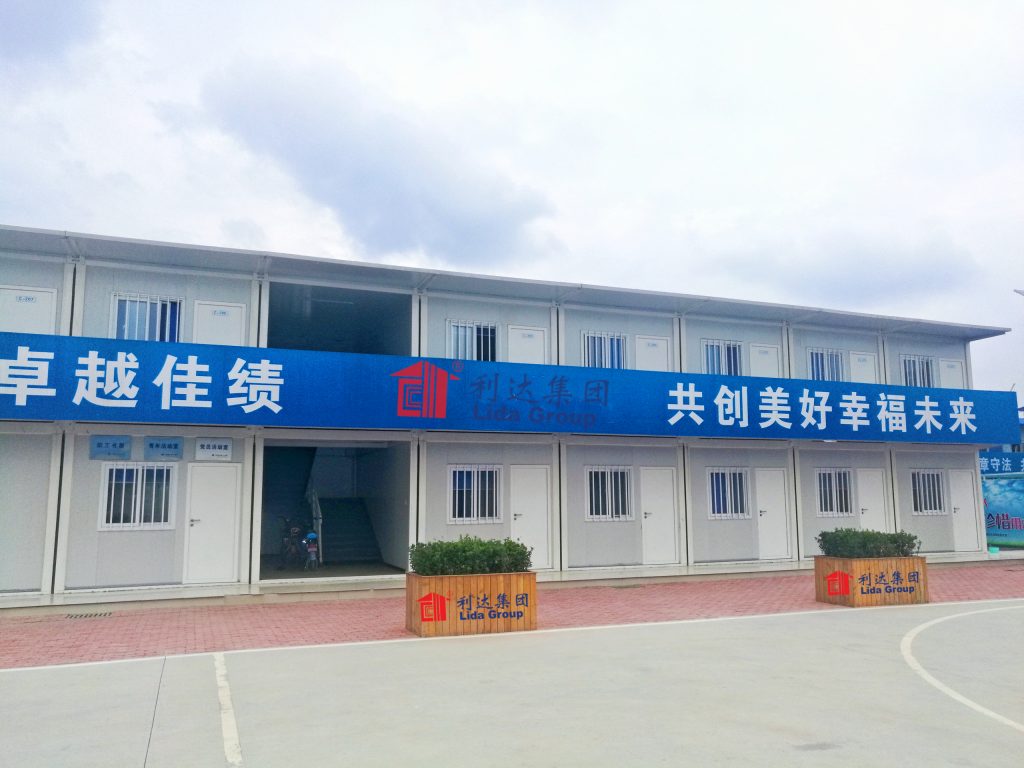
**Chapter 1: Deconstructing Cost – The Hidden Expenses of Traditional Construction**
To fully appreciate the cost-effectiveness of Lida Group’s model, one must first understand the true and often hidden cost drivers of conventional building methods.
1. **The Domino Effect of Time:** In traditional construction, time is a direct and exponential cost. Projects that span months or years accumulate massive indirect expenses: extended equipment rentals, site security, construction loan interest, and project management overhead. Furthermore, delays due to weather, permit issues, or labor shortages create a domino effect, idling other trades and inflating the budget further.
2. **The Inefficiency of On-Site Labor:** The on-site model is inherently labor-inefficient. Workers spend significant time commuting between tasks, setting up and breaking down equipment, and waiting for preceding trades to finish their work. This “non-value-added” time is a significant cost factored into labor rates. Additionally, the industry-wide shortage of skilled labor drives wages higher, making this inefficiency even more expensive.
3. **Material Waste and Procurement Inefficiency:** On-site construction is notoriously wasteful. Materials are ordered in bulk, often with significant overage to account for errors. Off-cuts of lumber, drywall, and piping are routinely discarded. Exposure to the elements can ruin materials before they are even installed. This waste, which can constitute up to 30% of total material purchases, is a direct cost passed on to the client.
4. **Unpredictability and Budget Overruns:** The very nature of on-site work is fraught with unpredictability. Discovering unexpected site conditions (rocky soil, poor drainage), encountering material price hikes mid-project, and dealing with change orders and rework make final budgets volatile and unreliable. This financial uncertainty is a major risk for developers, governments, and private clients alike.
Lida Group’s prefabricated approach systematically targets and dismantles each of these cost centers.

**Chapter 2: The Pillars of Prefab Economy: Lida Group’s Strategic Framework**
Lida Group’s cost-effectiveness is built upon several interconnected pillars that create a synergistic system of savings.
**Pillar 1: Factory-Controlled Manufacturing Efficiency**
The core of the savings lies in the transition to a factory setting. This environment transforms building from a craft-based, variable process into a streamlined, manufacturing-based one.
* **Assembly Line Precision:** Workstations are organized for a continuous flow. A module moves from the framing station to insulation, wiring, plumbing, interior finishing, and quality control. Workers become highly specialized and efficient in their repetitive tasks, drastically reducing the time and labor required per unit.
* **Bulk Material Procurement:** By standardizing designs and producing multiple units, Lida Group can purchase materials in enormous volumes. This bulk buying power secures significantly lower prices from suppliers, savings that are directly passed on to the client.
* **Elimination of Weather-Related Costs:** In the factory, there are no costs for weather delays, no need for temporary weather protection (tarps, heaters), and no risk of material spoilage from rain or sun. This creates a predictable and uninterrupted production schedule.
**Pillar 2: Drastic Reduction in Material Waste**
The factory environment is a cradle of material optimization.
* **Digital Fabrication:** Components are designed using Building Information Modeling (BIM) and cut using Computer Numerical Control (CNC) machines. This digital precision ensures that every piece of steel, every panel of wood, and every sheet of drywall is cut to the exact size needed, minimizing off-cuts to an absolute minimum.
* **Centralized Recycling:** The waste that is generated—such as metal snippets, insulation trimmings, and packaging—is consolidated in one location. This makes recycling and responsible disposal efficient and cost-effective, turning waste into a small revenue stream or, at minimum, avoiding expensive landfill fees common on dispersed construction sites.
* **Protected Inventory:** Materials are stored indoors, safe from the elements, eliminating the cost of replacing warped, rusted, or water-damaged supplies.
**Pillar 3: Accelerated Project Timelines and Earlier ROI**
As detailed in previous analyses, Lida Group’s methods can reduce project timelines by 50-70%. This compression of time is a powerful financial engine.
* **Reduced Overhead Costs:** Shorter project durations mean fewer months of paying for site supervision, security, temporary utilities, and equipment rentals.
* **Lower Financing Costs:** Construction loans, which carry high interest rates, are needed for a much shorter period. This alone can save clients tens or even hundreds of thousands of dollars on large projects.
* **Earlier Revenue Generation:** For commercial clients—a hotel, a retail store, a rental apartment building—this time saving means the asset can become operational and generate revenue much sooner. This dramatically improves the project’s return on investment (ROI) and net present value (NPV).
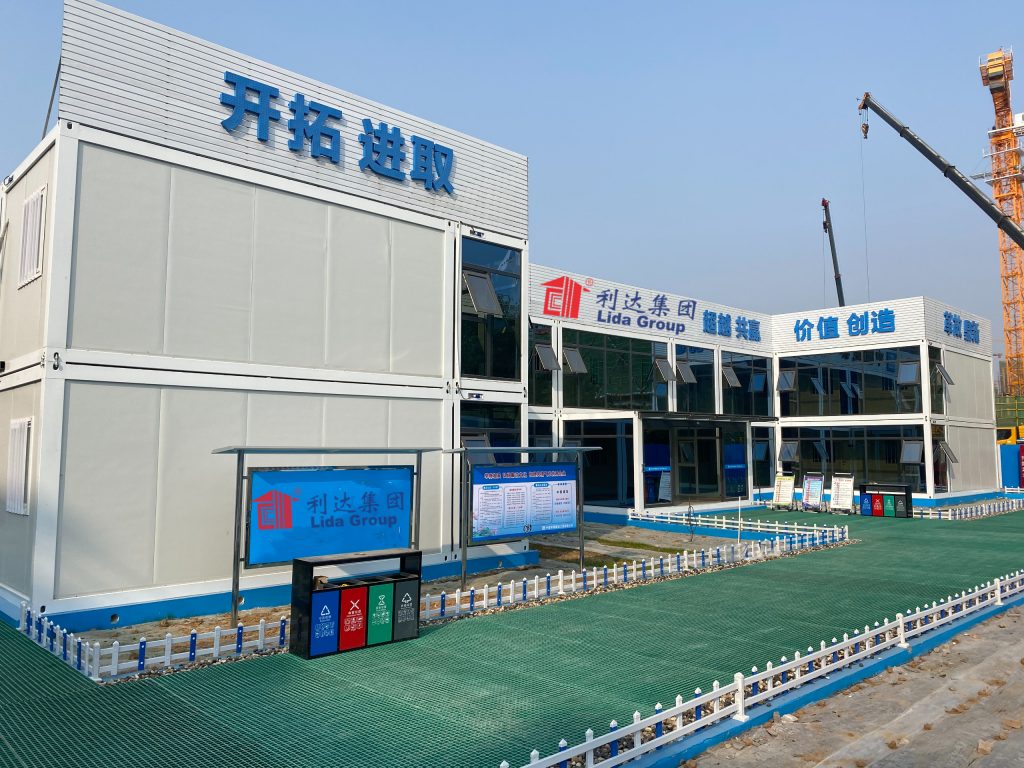
**Chapter 3: A Detailed Cost-Benefit Analysis: Beyond the Initial Sticker Price**
A common misconception is that prefab is only about the lower initial cost. Lida Group’s model demonstrates that true cost-effectiveness encompasses the entire lifecycle of the building.
**3.1 Initial Capital Expenditure (CAPEX)**
* **Predictable Pricing:** The factory-based, fixed-price model eliminates most financial surprises. Clients know the final cost before production even begins, allowing for accurate budgeting and financing.
* **Foundational Savings:** Prefab structures, particularly container-based ones, require far less extensive and expensive foundations. Simple concrete piers or gravel pads often suffice, compared to the deep, poured concrete foundations required for many traditional buildings.
**3.2 Operational Expenditure (OPEX) – The Long-Term Savings**
This is where Lida Group’s buildings truly shine, delivering value for decades.
* **Superior Energy Efficiency:** Factory-controlled installation allows for a continuous, unbroken layer of high-performance insulation (e.g., PIR foam) in walls, roofs, and floors. The precision of manufacturing also ensures that windows and doors are perfectly sealed. This high-performance building envelope drastically reduces the energy required for heating and cooling, leading to utility bills that are often 30-40% lower than those of a comparable traditional building.
* **Reduced Maintenance Costs:** The use of durable, high-quality materials like Corten steel and advanced coating systems results in a structure that is highly resistant to corrosion, pests, and weathering. The integrity of factory assembly means fewer issues with leaks, drafts, or structural settling, translating to lower maintenance and repair costs over the building’s lifespan.
**3.3 Lifecycle Cost and Asset Value**
* **Durability and Longevity:** A well-maintained Lida Group structure has a very long service life. The robust construction ensures that the asset retains its value over time.
* **Adaptability and Reusability:** The inherent mobility of these structures is a unique financial advantage. If a client’s needs change, the building can be relocated to a new site, repurposed for a different function, or sold. This flexibility protects the initial investment in a way that a permanent, fixed structure cannot.
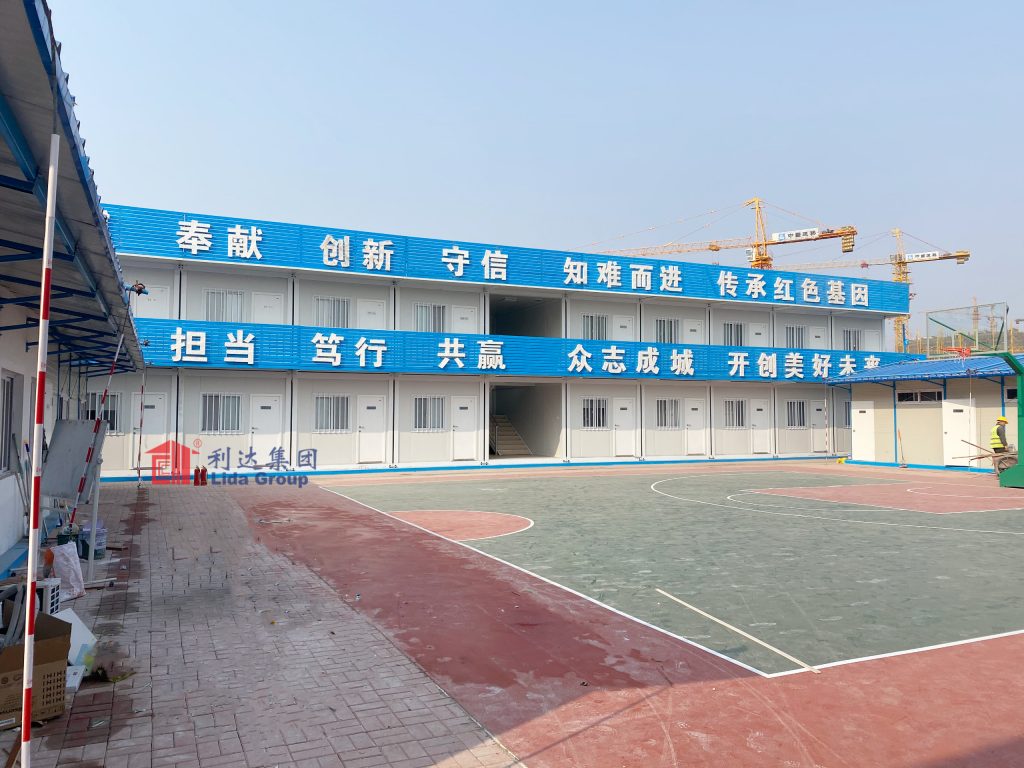
**Chapter 4: The Labor Arbitrage: Doing More with Less (People and Time)**
Lida Group’s approach fundamentally redefines the role of labor in construction, which is a primary cost driver.
* **Skilled Labor Optimization:** The factory consolidates skilled labor in one location. Instead of having a plumber drive to multiple sites and spend time setting up for a small task, the plumber in Lida’s factory works continuously on a production line, installing plumbing systems in multiple units per day with maximum efficiency. This high-productivity model means fewer labor hours are required per square foot of building.
* **Reduced On-Site Labor Requirements:** On-site work is reduced to foundation preparation, module placement, and utility hookup. This requires a much smaller, less specialized crew for a much shorter duration. The risks and costs associated with on-site accidents are also significantly diminished.
* **Mitigation of Labor Shortages:** By being less dependent on the availability of a large, local, skilled on-site workforce, Lida Group can maintain consistent production schedules and costs, immune to the local labor market fluctuations that often plague traditional builders.
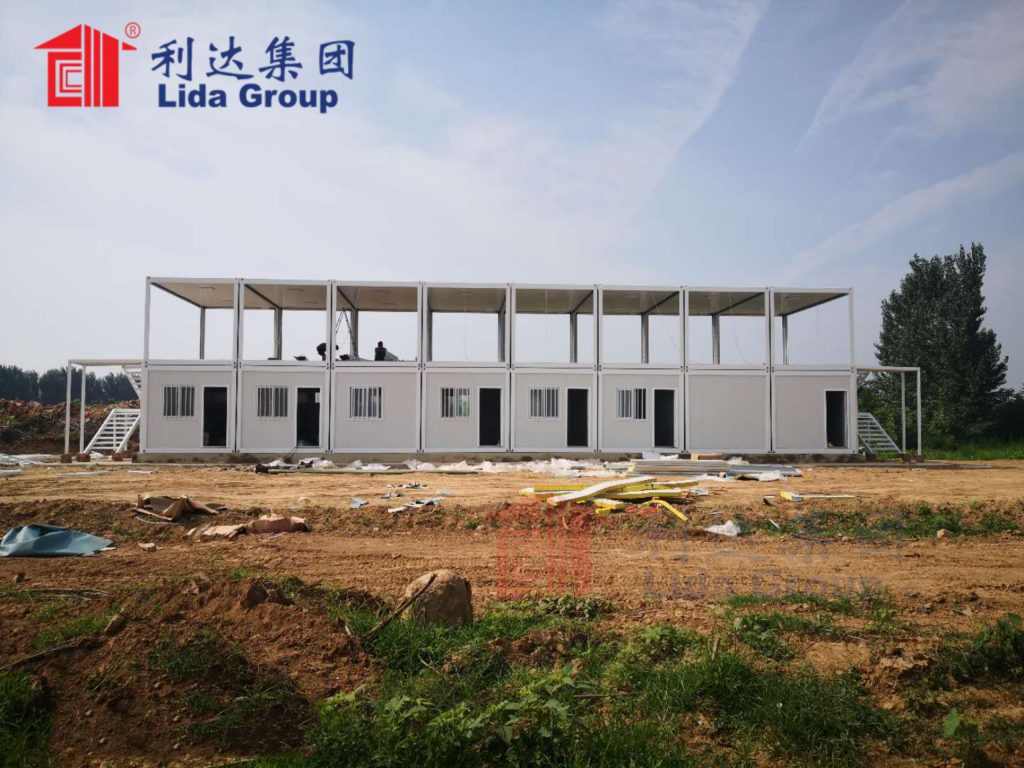
**Chapter 5: Case Study – Cost-Effective Student Housing**
Consider the development of a 100-unit student accommodation complex.
* **Traditional Method:**
* **Timeline:** 18-24 months.
* **Cost Drivers:** Prolonged labor on site, volatile material prices, complex foundation work, high waste removal fees, and significant construction loan interest.
* **Financial Risk:** High risk of budget overruns due to weather and delays. The university cannot generate rental income until the project is fully complete.
* **Lida Group Prefab Method:**
* **Timeline:** 6-9 months (foundation work and unit manufacturing occur simultaneously).
* **Cost Savings:**
* **CAPEX:** Savings from bulk material purchases, optimized labor, and a simpler foundation system.
* **Financing:** Interest on the construction loan is paid for 9-15 fewer months, a massive saving.
* **OPEX:** The energy-efficient buildings result in lower utility costs for the university or the students, a key selling point.
* **Revenue Generation:** The university can begin housing students and collecting rent a full year earlier, dramatically improving the project’s financial return.
This case illustrates how the cost-effectiveness permeates every stage, from initial investment to long-term operation.

**Chapter 6: Sustainability and ESG as an Economic Driver**
In the modern economy, sustainability is not just an ethical choice; it is a financial one. Lida Group’s methods align perfectly with Environmental, Social, and Governance (ESG) criteria, which can unlock further value.
* **Environmental (The ‘E’):** The massive reduction in construction waste and the superior energy efficiency of the final product contribute directly to a lower carbon footprint. This can qualify projects for green building certifications and tax incentives and enhances the corporate image of the client.
* **Social (The ‘S’):** By providing high-quality, affordable housing and community facilities quickly, clients (such as governments or developers) can address social needs more effectively, fostering community goodwill and stability.
* **Governance (The ‘G’):** The predictability, transparency, and reduced risk profile of a prefab project represent strong governance and prudent financial management for any organization.

**Chapter 7: Addressing the Market – Cost-Effectiveness Across Sectors**
Lida Group’s value proposition is not one-size-fits-all; it is tailored to deliver specific economic advantages to different sectors.
* **Commercial & Industrial:** For businesses, speed-to-market is revenue. A faster-built factory, office, or retail outlet means faster operations and income. The reduced capital outlay also frees up cash for other business investments.
* **Residential & Hospitality:** Developers of affordable housing, apartment complexes, and tourist resorts benefit from the lower per-unit cost and faster rental income. The modern, durable aesthetic also serves as a marketing advantage.
* **Public Sector & Humanitarian Aid:** For governments and NGOs, the combination of lower initial cost, speed of deployment, and long-term durability is paramount. It allows them to stretch public funds further, building more schools, clinics, and emergency shelters with the same budget.

**Conclusion: Redefining Value in the Built Environment**
Lida Group’s championing of cost-effective prefab construction methods is a masterclass in systemic innovation. It demonstrates that true economy in building is not found in the cheapest initial quote, but in a holistic approach that optimizes the entire process—from the factory floor to the decades-long lifecycle of the structure.
By leveraging the power of manufacturing principles, Lida Group achieves a powerful trifecta: **radically reduced timelines, significantly lower total costs, and enhanced, predictable quality.** They have moved the industry’s focus from the volatile, wasteful, and slow process of on-site assembly to the reliable, efficient, and controlled discipline of integrated design and production.
The cost-effectiveness they deliver is robust and multi-faceted, encompassing direct material and labor savings, indirect savings from shortened timelines and financing, and long-term operational savings from energy efficiency and low maintenance. In doing so, Lida Group is not just selling buildings; they are providing a financially intelligent, future-proof asset. They prove that in the 21st century, the most cost-effective building is not the one that is built the fastest or the cheapest, but the one that is built the smartest. They are, without a doubt, championing a more economically resilient and sustainable future for the global construction industry.
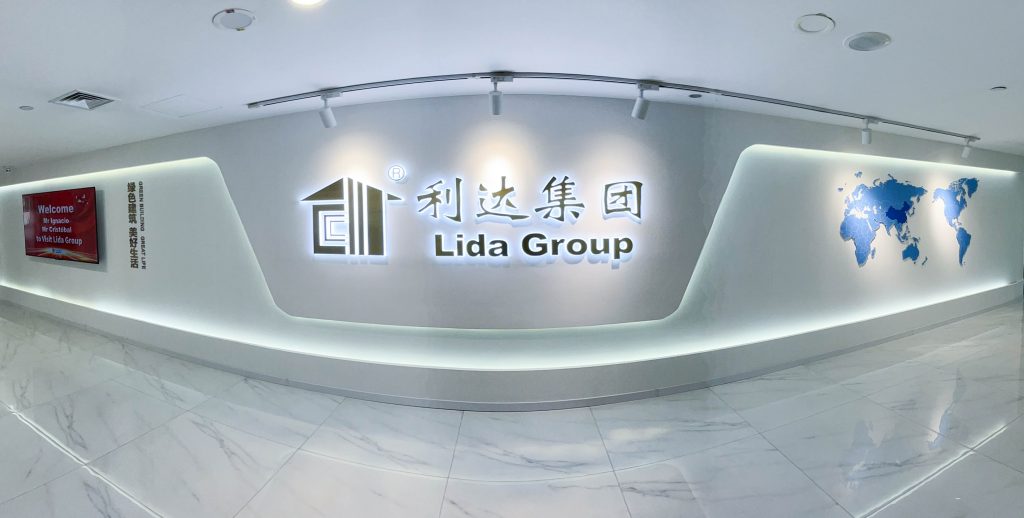
Related news
-
Lida Group's Prefab Mobile Container House Reduces Build Times
2025-10-29 15:52:38
-
Versatile Temporary Container Building for Multiple Applications
2025-10-29 15:58:54
-
Discover Cost-Effective Prefab Construction with Lida Group
2025-10-29 15:48:16
contact us
- Tel: +86-532-88966982
- Whatsapp: +86-13793209022
- E-mail: sales@lidajituan.com


